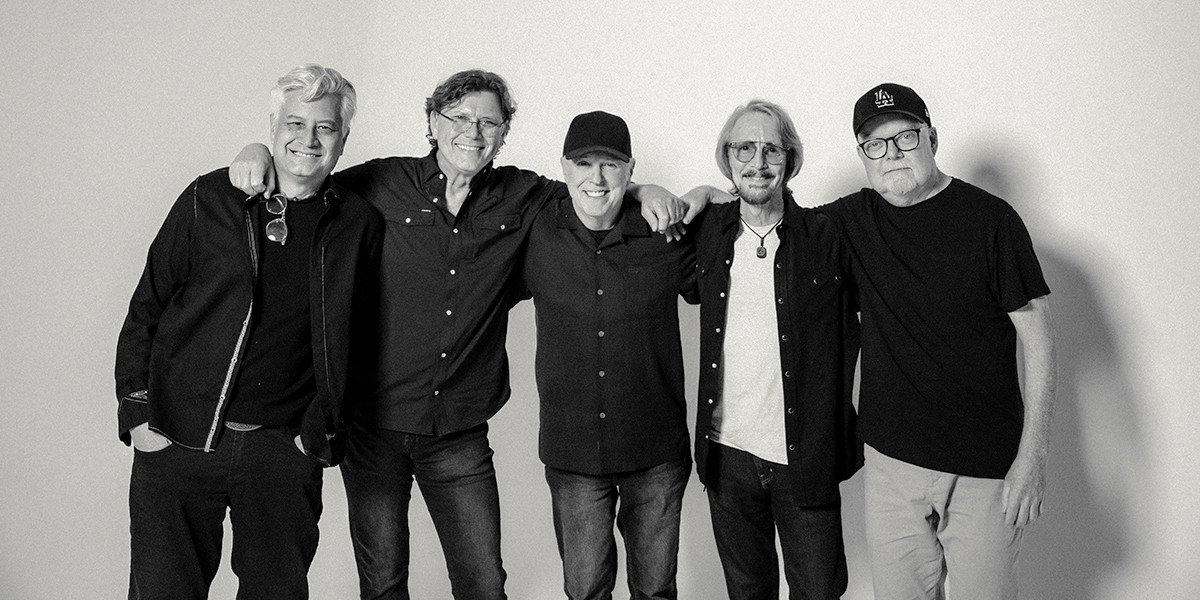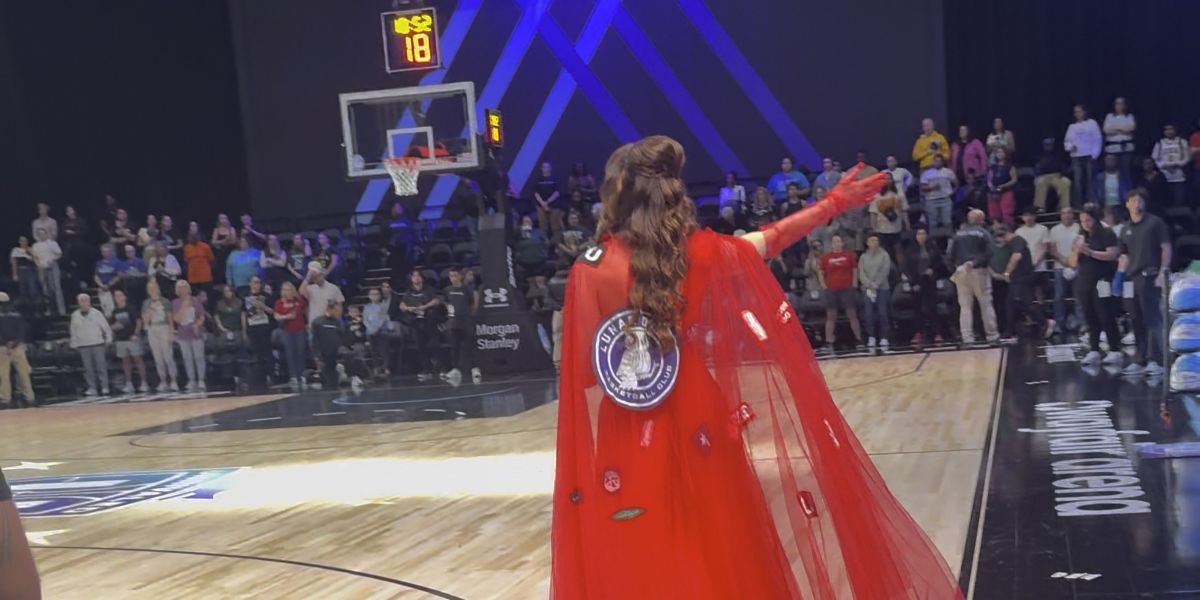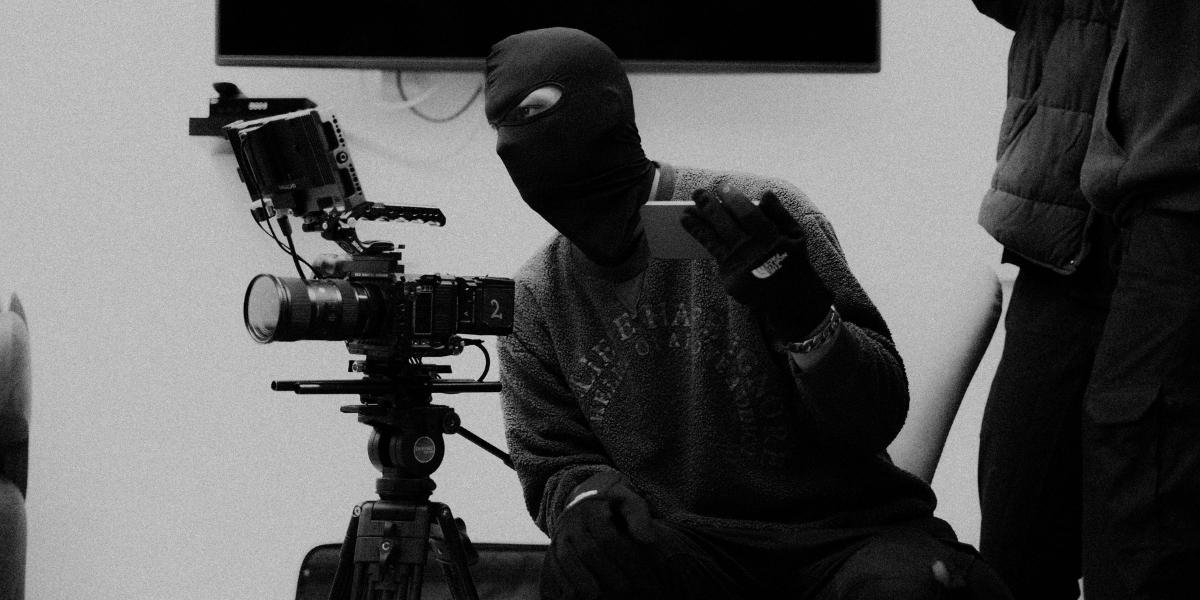The banjo, with its distinctive sound and rich history, holds a unique place in the evolution of music. Once central to genres like folk, bluegrass, and traditional Americana, the banjo has experienced a decline in mainstream popularity. While still beloved in niche circles, it has yet to secure a prominent role in the broader modern music scene. This article explores the factors contributing to the banjo’s limited appeal, examining its historical associations, technical challenges, and evolving cultural perceptions.
Historical Associations
Cultural Origins
The banjo has deep roots, tracing back to African instruments brought to America by enslaved people. Over time, it became integral to American folk and bluegrass traditions, symbolizing the blending of cultural influences. However, its strong association with these genres can pigeonhole the instrument, making it less appealing to artists exploring modern, diverse sounds.
Minstrel Shows
The banjo was prominently featured in 19th-century minstrel shows, performances that perpetuated harmful racial stereotypes. This historical context adds complexity to the instrument’s legacy, influencing its acceptance in contemporary music. While efforts have been made to reclaim and celebrate the banjo’s origins, this history continues to shape perceptions.
The Evolution of Popular Music
Rise of Electric Instruments
The mid-20th century marked a shift in music with the rise of electric guitars, synthesizers, and other electronic instruments. These became the backbone of rock, pop, and electronic music, relegating acoustic instruments like the banjo to the sidelines. The banjo’s bright, twangy sound often clashed with the evolving aesthetics of these genres, further limiting its adoption.
Genre Limitations
The banjo’s distinctive sound is closely tied to traditional music forms, such as bluegrass and folk. While these genres remain influential, they occupy a smaller share of the modern music landscape. Artists aiming for broader appeal may avoid the banjo, perceiving it as incompatible with mainstream styles like hip-hop, electronic, or contemporary pop.
Perception and Stereotypes
Typecasting
The banjo is often typecast as a symbol of rural or “old-timey” music, creating a stereotype that it is outdated or niche. This perception can deter contemporary musicians from incorporating it into their work, fearing that it might limit their creative range or audience appeal.
Audience Expectations
Listeners accustomed to electronic and digitally produced sounds may view the banjo as incongruous with modern music trends. The instrument’s acoustic nature and traditional associations can make it feel out of place in heavily produced, beat-driven tracks, further narrowing its appeal.
Technical Challenges
Learning Curve
The banjo is a complex instrument to learn, with unique playing techniques such as clawhammer and fingerpicking that differ significantly from more common instruments like the guitar or piano. This steep learning curve can discourage musicians from adopting it, especially when other instruments offer a more straightforward entry point.
Integration into Modern Production
Incorporating the banjo into electronically dominated music requires careful mixing and arrangement to maintain its acoustic integrity while blending seamlessly with other elements. This technical challenge can deter producers and artists from exploring its potential in contemporary tracks.
Contemporary Resurgence
Despite its challenges, the banjo has seen a resurgence in certain modern music contexts, thanks to innovative artists who have embraced its versatility.
Fusion Genres
Musicians like Béla Fleck have demonstrated the banjo’s adaptability by blending it with jazz, classical, and world music. These creative explorations showcase the instrument’s potential beyond its traditional boundaries, opening doors for broader acceptance.
Indie and Alternative Scenes
Bands like Mumford & Sons and The Avett Brothers have reintroduced the banjo to new audiences through indie folk and alternative music. By incorporating the instrument into contemporary arrangements, these artists have helped bridge the gap between traditional and modern styles.
Cultural Movements
Musicians like Clover-Lynn have used the banjo to challenge stereotypes and celebrate its roots. By integrating it into diverse cultural expressions, these artists are broadening the instrument’s appeal and redefining its role in modern music.
Technological Advancements and Accessibility
Accessible Content Creation
Advances in recording technology and social media have made it easier for musicians to experiment with the banjo and share their creations. Platforms like TikTok and YouTube allow artists to showcase the instrument’s versatility and connect with audiences who might not have encountered it otherwise.
Innovative Formats
New content formats, such as live streams and interactive videos, have enhanced audience engagement with banjo-related music. These innovations offer opportunities for the instrument to reach wider audiences in fresh and exciting ways.
Overcoming Challenges and Embracing Opportunities
While the banjo faces significant hurdles in achieving mainstream popularity, its unique qualities and cultural significance present opportunities for revival. To overcome the challenges, artists and producers can:
- Experiment with Fusion: Blending the banjo with modern genres can demonstrate its versatility and relevance.
- Educate Audiences: Highlighting the instrument’s rich history and origins can foster appreciation and counter stereotypes.
- Invest in Accessibility: Supporting banjo education and providing affordable instruments can encourage adoption among aspiring musicians.
The banjo may not dominate the modern music scene, but its unique sound and cultural importance ensure it retains a place in the musical landscape. While historical associations, genre limitations, and technical challenges have hindered its mainstream acceptance, innovative artists and evolving cultural perceptions are paving the way for its resurgence.
As more musicians experiment with the banjo and audiences embrace its distinctive charm, the instrument has the potential to transcend its traditional boundaries. Whether through fusion genres, indie music, or cultural movements, the banjo remains a symbol of creativity and resilience, poised for a new chapter in its storied history.















